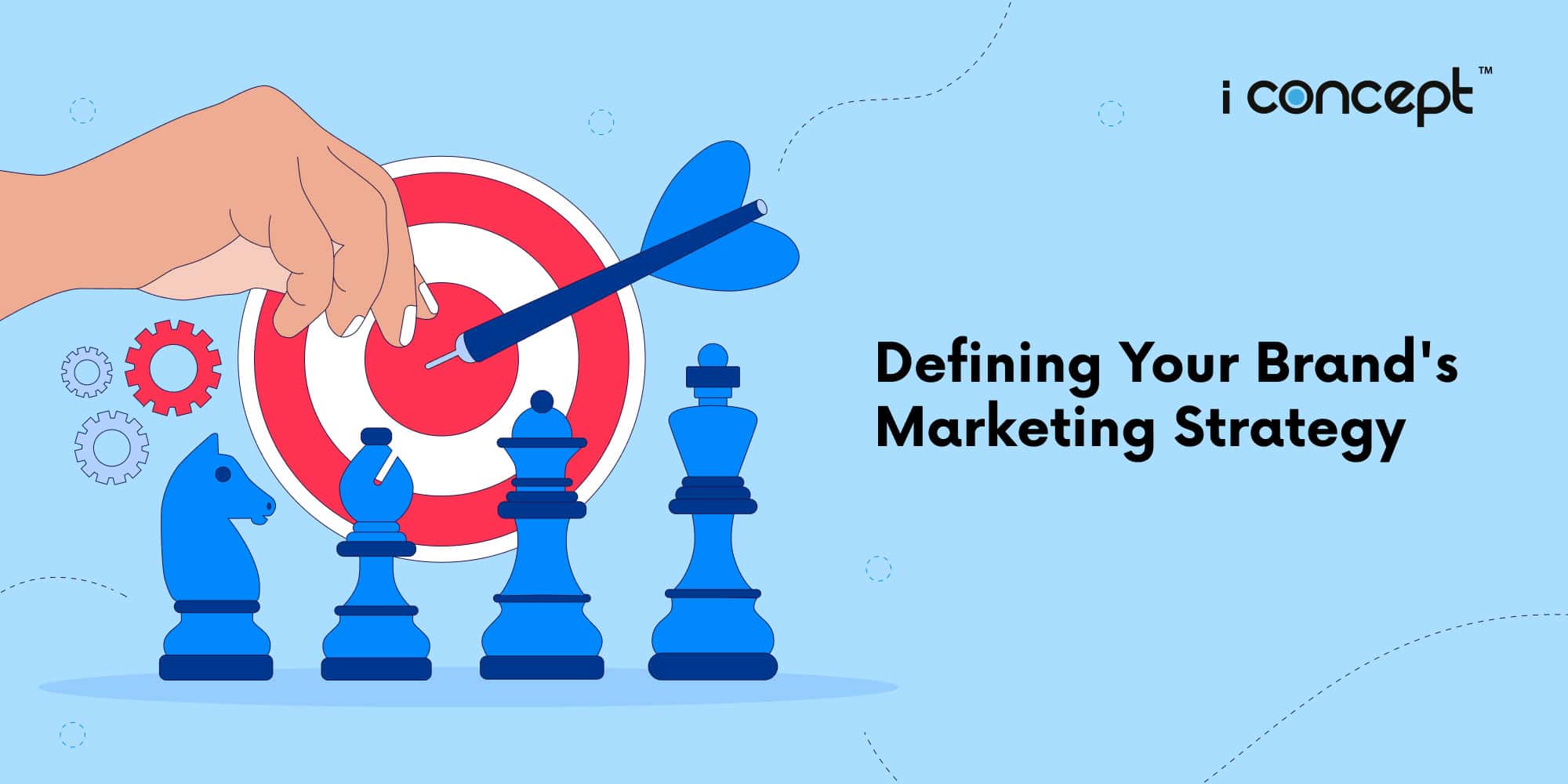How many times each day do you “just Google” to find something or certain information? Certainly, search engines have become our go-to whenever a question arises. We take to the internet Gods to help us with almost everything, for there seems to be nothing that can’t be found on the interweb of things.
Search engines are our portal to the internet. They take masses of information on a website, break it down, and make decisions on how well it answers a specific query. But with so much data to sift through, how do search engines actually work? And does search engine optimisation really work?
To discover, categorise, and rank the billions of websites that make up the internet, search engines employ sophisticated algorithms that make decisions on the quality and relevancy of any page. It’s a complex process involving significant amounts of data, all of which needs to be presented in a way that’s easy for end users to digest.
Search engines navigate through all the information by looking at numerous different ranking factors based on a user’s query. This includes relevancy to the question a user typed in, quality of the content, site speed, metadata and more. Each data point is combined to help search engines calculate the overall quality of any page. The website is then ranked based on their calculations and presented to the user on the search engine results page (SERP).
Understanding the behind-the-scenes processes that take place for search engines to make these decisions not only helps you gain insight into why certain pieces of content rank well, but also helps you create new content with the potential to rank better and higher, enabling digital marketing to be more effective.
Follow I Concept Singapore, your preferred digital agency, as we take a look at the general procedures on which each search engine algorithm is built upon, the nitty-gritty behind search engine optimisation and its work on digital marketing efforts, and understand in detail how the most commonly used Google does it.
How do search engines work?
To be effective, search engines need to understand exactly what kind of information is available, and present them to users logically. The way they (search engines) accomplish this is through three fundamental actions: crawling, indexing, and ranking.
Through these actions, they discover newly published content, store the information on their servers, and organise it for your consumption. Let’s break down what happens during each of these actions:
- Crawl: Search engines send out web crawlers, also known as bots, or spiders, to review website content. Paying close attention to new websites and to existing content that has recently been changed, web crawlers look at data such as URLs, sitemaps, and code, to discover the types of content being displayed.
- Index: Once a website has been crawled, the search engines need to decide how to organise the information. The indexing process is when they review website data for positive or negative ranking signals and store it in the correct location on their servers.
- Rank: During the indexing process, search engines start making decisions on where to display specific content on their results page (SERP). Ranking is accomplished by assessing a number of different factors based on an end user’s query for quality and relevancy.
Decisions are made during this process to determine the value any website can potentially provide to the end user. These decisions are guided by an algorithm. Understanding how an algorithm works helps you create content that ranks better for each platform.
Each individual search engine has and uses their own unique series of ranking factors to determine where websites fall in the search results. If you keep these factors in mind as you create content for your website, put in a fair amount of work on creating good digital copywriting and managing the metadata, it will be easier to tailor specific pages to rank well. All these are just part and parcel of search engine optimisation, to get search engines to favour your website.
Understanding Google’s search algorithm
As mentioned, Google is the most popular search engine on the planet. Their search engine routinely owns above 90% of the market, resulting in approximately 3.5 billion individual searches on their platform every day. That makes it a perfect platform for digital marketing. While Google is notoriously tight-lipped about how their algorithm actually works, they do provide some high-level context about how they prioritise websites in the results page.
New websites are created and put online every day. Google can find these pages by following links from existing content they’ve crawled previously, or when a website owner submits their sitemap directly. Any updates to existing content can also be submitted to Google by asking them to recrawl a specific URL. This is done through Google’s search console.
While Google doesn’t state how often sites are crawled, any new content that is linked to existing content will be found eventually as well.
Once the web crawlers gather enough information, they bring it back to Google for indexing.
Indexing starts by analysing website data, including written content, images, videos and technical site structure. Google is looking for positive and negative ranking signals such as keywords and website freshness, to try and understand what any page they crawled is all about. Thus, metadata should be carefully planned and included whenever possible, aided by good digital copywriting.
Google’s website index contains billions of pages, and some 100 million gigabytes of data. To organise information of this magnitude, Google uses a machine-learning algorithm called RankBrain and a knowledge base called Knowledge Graph. These parts work together to help Google provide the most relevant content possible for users. Once the indexing is complete, they move on to the ranking action.
Everything that takes place up to this point is done in the background, before a user ever interacts with Google’s search functionality. Ranking is the action that occurs based on what a user is searching for. Google looks at five major factors when someone performs a search:
- Query meaning: This determines the intent of any end user’s question. Google uses this to determine exactly what someone is looking for when they perform a search. They parse each query using complex language models that build on past searches and usage behaviour.
- Web page relevance: Once Google has determined the intent of a user’s search query, they review the content of ranking web pages to figure out which one is the most relevant. The primary driver for this is keyword analysis. The keywords on a website have to match Google’s understanding of the question a user asked.
- Content quality: With keywords matched, Google takes it a step further and reviews the quality of the content on the requisite web pages. This helps them prioritise which results come first by looking at the authority of a given website as well as its page rank and freshness.
- Web page usability: Google gives ranking priority to websites that are easy to use. Usability covers everything from the site speed to responsiveness.
- Additional context and settings: This step tailors searches to past user engagement and specific settings within the Google platform.
These may sound complicated, but with good digital copywriting aiding your search engine optimisation efforts, your page and content will nicely fit all the above.
Once all of the above have been processed, Google will then provide a set of results, ranking sites and pages that suits the query typed in by the user. A typical results page will carry the following:
- User query: The question asked by the user will be found right at the top.
- Featured snippet: Based on the query, specific information, such as paid advertorials that are relevant, may be found in the first half of the SERP. This is a result of the Knowledge Graph. It presents snippets for easy viewing by users, without the need to leave the results page.
- Top-ranking results: The first site listed in the results is the one Google thinks best matches the intent of a user’s query. The top-ranking result is the one that performs best, based on the five ranking factors discussed earlier.
- People also ask (PAA): This section is another result of the Knowledge Graph. It gives users a quick way to move on to another related search that might match their intent even better.
These results are possible only because Google has information stored on each of these pages in their index. Before a user performs a search, Google has reviewed websites to figure out what keywords and intent they match for. That process makes it easy to populate the results page quickly when a search is made and helps Google provide the most relevant content possible.
As the most popular search engine around, Google more or less built the framework for how search engines look at content.
Understanding how search engines work helps you create better content
When you know how different platforms display their results, it is easier to create content with the potential to rank well. This understanding also helps you diagnose why other types of content rank better or worse than your own.
We’ve put together five tips, based on this information, that can help you create better content across every platform.
- Understanding user intent is important. Every search engine, as well as individual platforms, prioritises content based on how relevant it is to a user’s search query.
- Matching keywords will only get you so far. Including relevant keywords in your content will help search engines discover and index your content easier, but ranking well is more about providing value to users.
- Know how your target customer and audience searches. Matching both keywords and intent requires an in-depth understanding of your customers and how they think about your product and your market.
- New content helps boost rankings. Creating new content or refreshing your existing content helps it rank higher and boosts your credibility as a brand.
- Gaining authoritative backlinks is helpful. The more people link to your page, the better it will appear to search engines. This signals that it’s valuable and relevant to the content of every page it links to.
Helping you navigate through search engines
In the end, it all comes down to understanding the needs and wants of your target audience. You can’t create content that ranks well if you don’t know what people are looking for when they search for your brand and your products.
Need some help working out your search engine optimisation efforts? Not too sure how better you can be seen on search engine results page? If you are on the hunt for all-round digital solutions, you should be in contact with I Concept Singapore today.
As a digital agency in Singapore, we offer a full range of digital solutions, from social media management and marketing, to website and e-commerce store design, as well as digital marketing services (including Search Engine Optimisation and digital copywriting). Speak with us today to find out more.










